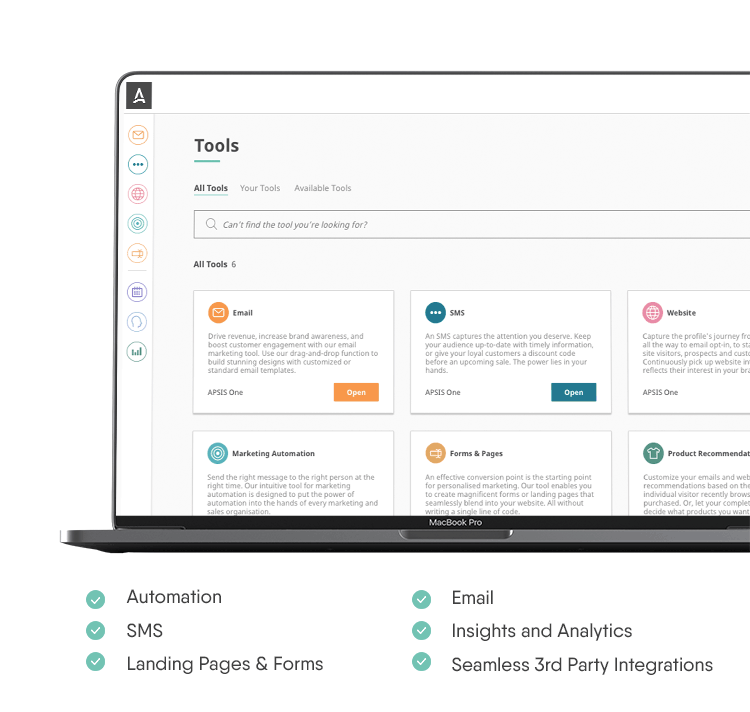

- #PRO TOOLS TRIAL WINDOWS 10#
- #PRO TOOLS TRIAL PRO#
- #PRO TOOLS TRIAL SOFTWARE#
- #PRO TOOLS TRIAL FREE#
- #PRO TOOLS TRIAL MAC#
Mac compatibility is straightforward enough, and while you will only officially see a variety of HP workstations supported, in practice, PT plays well with a variety of PCs with reasonably powerful CPUs.
#PRO TOOLS TRIAL PRO#
In terms of hardware, Avid provides a list of certified Macs and PCs that are officially supported to work with Pro Tools on its website.
#PRO TOOLS TRIAL WINDOWS 10#
Current versions of Pro Tools are compatible both with WIndows 10 and macOS. It is true that, once upon a time, Pro Tools worked exclusively with Mac, but long gone are the days of that paradigm. The cost of entry is relatively low and requires no additional hardware, allowing you to use the interface of your choice.Īnyone working in music or audio for post, especially in surround, may want to consider Pro Tools Ultimate, which can be used with or without HDX cards and will be much more accommodating to the workflows of an audio post engineer. Which version of Pro Tools is right for you?įor most music producers working in stereo and not working in music for film or games, the standard version of Pro Tools ought to be enough.
#PRO TOOLS TRIAL FREE#
Cloud storage only (1GB of free space included).

There are, however, a number of limitations, namely:
#PRO TOOLS TRIAL SOFTWARE#
The free version of Pro Tools, Pro Tools first can be a good introductory step to get familiar with the software without making an investment, though it may be impractical for daily music making. Integration with large format, multi-operator control surfaces, network workflows and support for multiple video files in a single timeline are among other features that make Pro Tools ideal for film post production. Post productionĪudio post production for television and especially feature film is still one application for which Pro Tools really shines above its competition.įor starters, support for multi-channel formats like 5,1, 7.1 up to Atmos to make Pro Tools the ideal application for theatrical film post production. The majority of scoring stages around the world also depend on Pro Tools for recording soundtracks with large orchestras, due to the rock solid, low-latency performance when recording many tracks via HDX hardware. Since the majority of post mixing is done in Pro Tools, having a secondary rig dedicated to stems saves time creating the final deliverables for the dub stage. Film scoringĬomposers for film often keep a second rig to which they ‘print’ stems from their scoring DAW of choice, such Cubase, Logic Pro or Digital Performer. However, despite heavy competition from myriad native DAWs in the market, Pro Tools continues to be a mainstay in a few niches within the audio industry. However, as computers got more capable, the need for hardware accelerated workflows has all but diminished for most users. While users had to pay a premium to be in the ecosystem, the tradeoff was stable, ultra-low latency performance with track counts that were simply not possible with native systems like Logic Pro, Cubase, et al. Of course, this expandability came at a price, with a full-fledged Pro Tools system easily topping tens of thousands of dollars.

As a user's needs grew over time, they could scale their setup by adding more inputs via additional interfaces, or expand their track or plugin counts by installing additional accelerator cards. The nucleus of an HD system was an HD core card which would be slotted into a PCI (or later PCI-e) slot in the computer and a compatible interface. Later, the HD system, with its ubiquitous silver and blue HD hardware units, would continue to push the limits of what was possible with digital audio. The TDM system (Time Division Multiplexing) allowed for plugins to be run in real-time on dedicated hardware and were a major breakthrough in digital audio. In the years that followed the release of the original Pro Tools, the platform would grow more capable via software updates and new hardware offerings.

Version 1 supported between 4-16 channels and was priced at $5,995. The 1990s saw the introduction of Pro Tools which for the first time featured multitrack digital recording, editing, DSP and mixing.


 0 kommentar(er)
0 kommentar(er)
